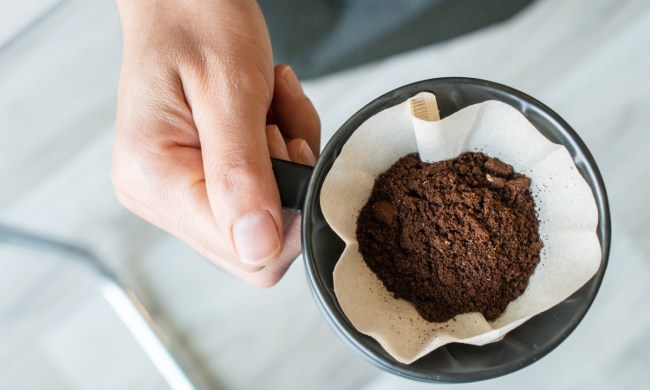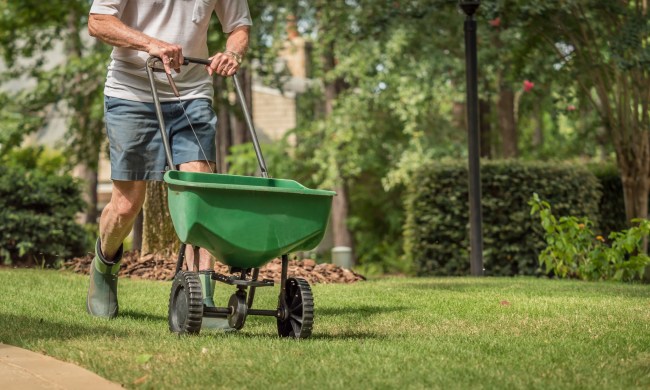A home’s yard is often a homeowner’s pride and joy. A big yard is valuable. A pristine yard is coveted. Nothing gives you quite as much satisfaction as working hard on your lawn and seeing awesome results. When you see your lawn declining, though, it’s a huge disappointment. Whether it’s drought conditions or drainage problems, issues with your soil and grass make your yard an eyesore. Standing water is one of those issues. Many homeowners keep to a seasonal yard maintenance schedule and still wonder: How do I get rid of water in my yard? The good news is, we’ll walk you through how to fix a yard that holds water with 10 different methods.
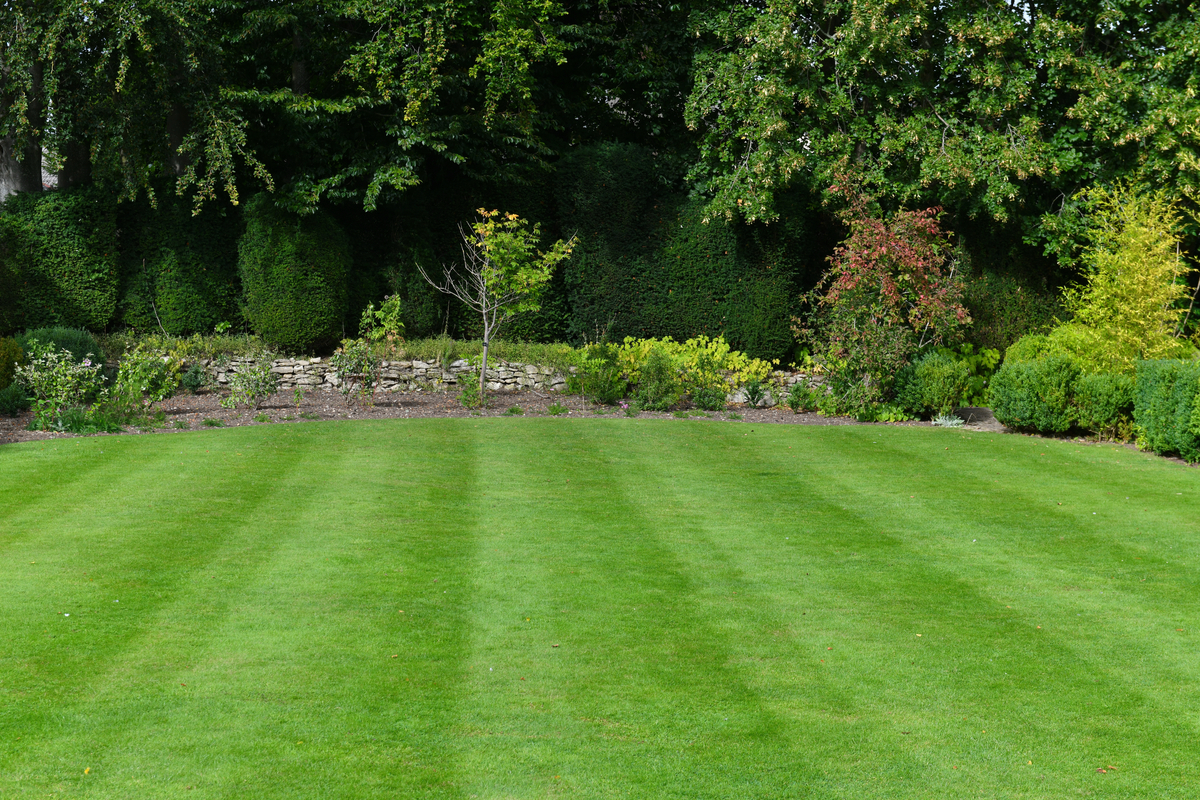
What causes standing water in your yard?
The first step in solving the problem of a swampy yard is to determine what the cause of the pooling water is. It could be due to:
- Lawn maintenance issues
- Excessive rainfall
- Poorly sloped or poorly leveled lawn
How to fix a yard that holds water
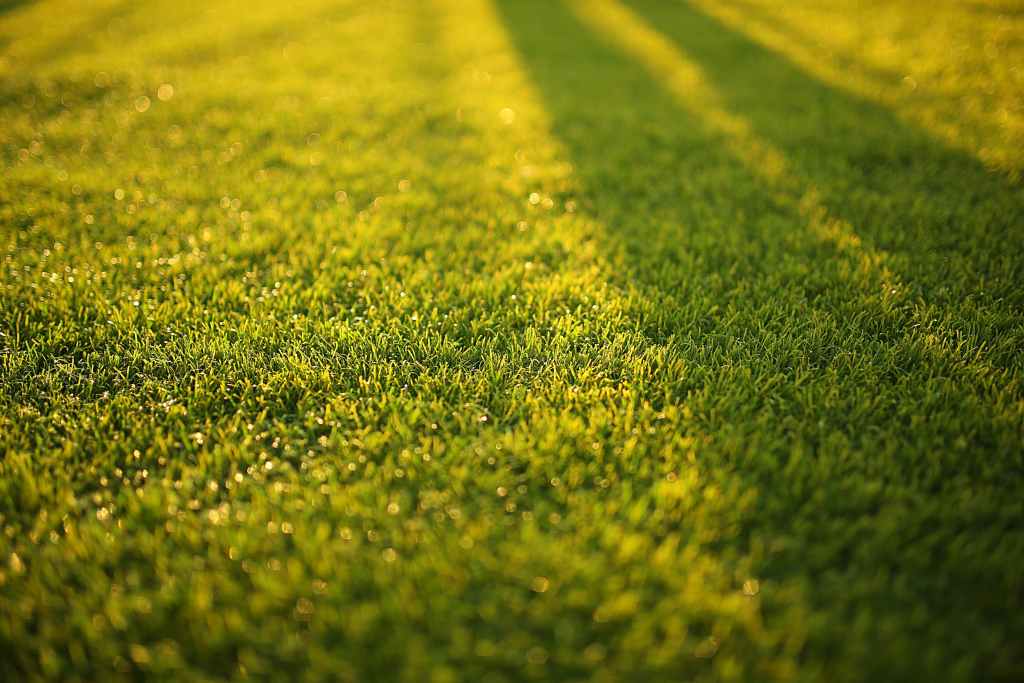
The most common issues that cause standing water in your yard are the result of improper lawn maintenance and soil issues. We’ll walk you through how to figure out what the problem is and how to fix it.
Adjust your watering schedule
Overwatering is the most common poor-maintenance practice that leads to standing water. Whether your lawn gets watered by hand or by an automatic sprinkler system, here are some signs that you’re watering too much:
- Mushrooms or excessive weeds are growing
- Lawn has a spongy consistency
- Grass is yellowing but not dry
- Fungal disease is present
If you see any of the above signs, cut down your watering sessions. The average lawn needs only between one and two inches of water per week.
Dethatch your lawn
It’s possible that water is pooling in your yard because it can’t adequately soak into your soil. Excessive thatch is a common culprit, so if you see more than a half-inch or so of thatch, grab a de-thatcher or a thatch rake and get to work removing that layer of dead plant matter.
Aerate your lawn
Compacted soil also prevents water from soaking in. You should regularly aerate your lawn, either in the fall before winter hits or in the spring after the ground has thawed. All that weight from heavy snowfall really weighs on your soil and packs it down. Grab an aerator and loosen up the soil in the areas that seem to be pooling.
Add compost to clay-heavy soil
If your soil contains a lot of clay, water will struggle to soak through it. Adding organic matter, like compost, will break up the clay and improve drainage. Use a tiller to break up the dry, compacted soil, then spread a layer of compost on the top before tilling the soil again.
How do I stop rainwater from pooling in my yard?
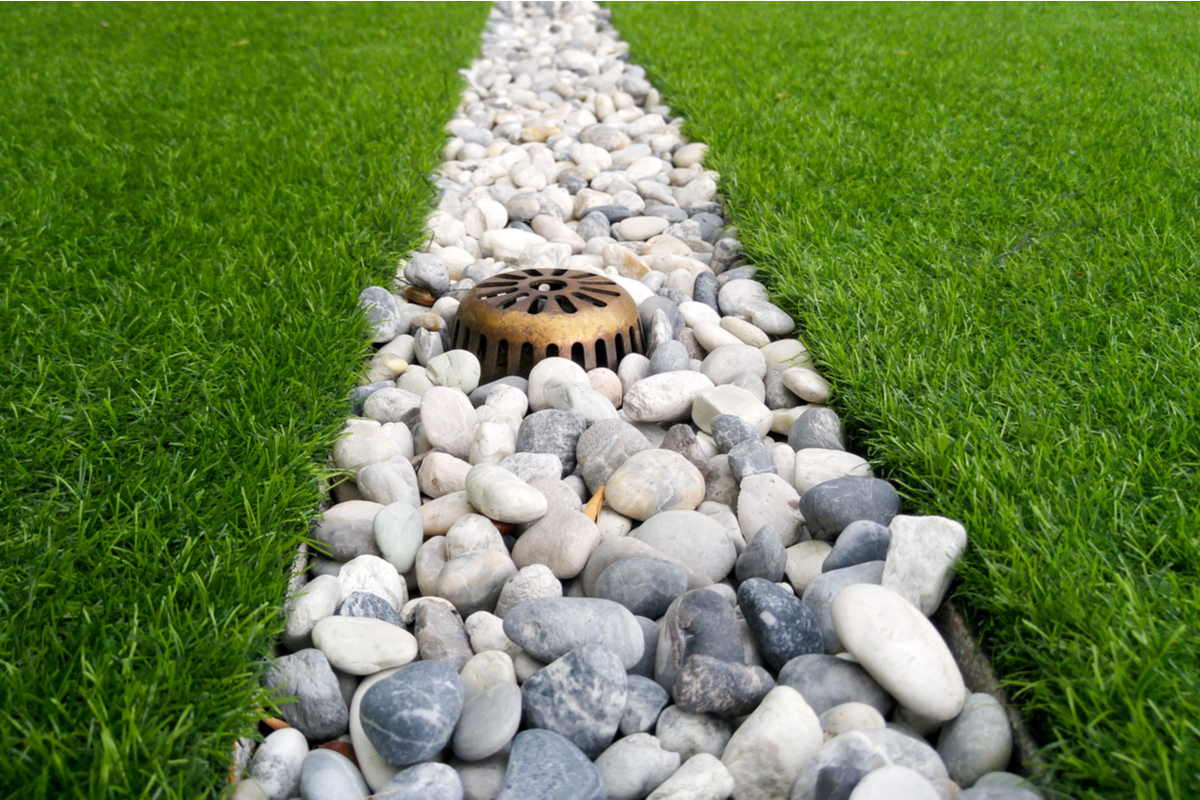
So, you’ve tried adjusting your lawn maintenance practices and you’ve determined that your soil isn’t compacted or a soil type with poor drainage. If you’ve still got standing water, the issue is likely either that the soil can’t keep up with heavy rainfall or the lawn has poor grading. Here’s what you can do!
Install a French drain
Installing a French drain requires digging a trench that starts at the low spot in your yard. The trench is layered with gravel and a drainage pipe is laid on top of the gravel, which helps water flow out and into a storm drain. The whole trench is then covered with soil.
Install a dry creek
A dry creek functions similarly to a French drainage system, but it’s much simpler to install and less expensive. A trench is dug out from the low point of your yard to a storm drain, and it’s simply filled with rocks or gravel.
Install a dry well
Dry wells are great solutions for dramatic slopes where water collects heavily in a specific area at the bottom. They’re simply large holes that are filled with rocks. Water drains into the hole and releases below ground. Dry wells are also great additions to French drains and dry creeks if you can’t extend them to a storm drain.
Plant a rain garden
If you can’t beat pooling water at the bottom of a slope, why not benefit from it? Plant a thirsty rain garden at the lowest point of the yard and include lots of plants that like super-moist environments with heavy watering. The plants will drink up all that excess water.
Clean and repair gutter systems
If water is pooling near your home’s foundation, a likely culprit is your gutter system. Spring is a good time to clean out gutters and downspouts since they’ve probably accumulated a lot of leaves and debris over the winter. All that gunk stops up the flow in the gutters and pours the water out in unintended places. You can also extend your downspouts to ensure water is flowing away from the house.
Have your lawn re-graded
When all is said and done, if your lawn’s sloped improperly or if it’s not leveled well, you’ll continue to have drainage problems until the issues with poor grading are addressed. Have a landscaping company survey your lawn and determine which areas are the problem. You can also level out your yard on your own if there are just a few low spots that like to collect water.
Drainage problems in your yard can cause a whole slew of issues. A swampy yard leads to the death of grass and plant life, and if it’s pooling close to your home, your basement could easily flood. Use these 10 methods for getting rid of standing water in your lawn so you can avoid the headaches of poor drainage.

